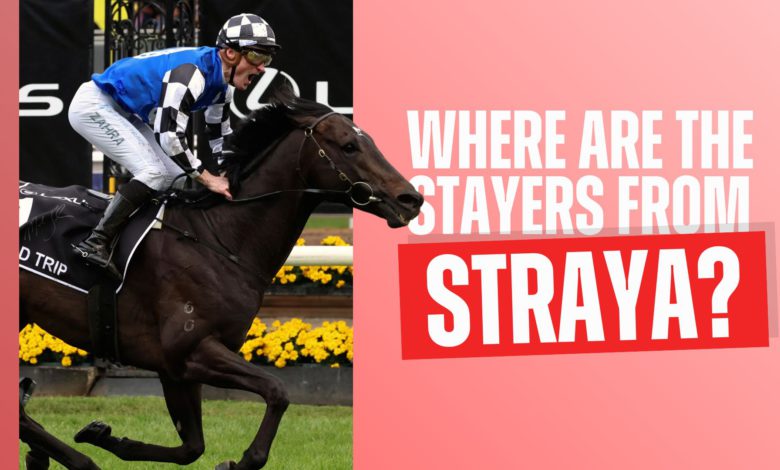Dubai Honour took out the Group 1 Queen Elizabeth in stunning fashion. In the process, he lowered the colours of our dominant local hero Anamoe. It poses an important question; how good are our local weight-for-age middle-distance horses?
chICKEN OR THE EGG?
WHERE ARE THE STAYERS IN STRAYA?
Unfortunately, the answer is below par.
Neither Dubai Honour nor Anamoe were ranked inside the top 20 in the official Longines World Rankings before the feature event of the autumn, despite Anamoe being heralded as Godolphin’s most winningest horse at Group 1 level worldwide.
The whispers about Dubai Honour being world-class were constant, and while his win was impressive in the Group 1 Ranvet at Rosehill, his form overseas wasn’t first-class, leading into the $5,000,000 event. He boasted a Group 2 win in France and was competitive at the top level without threatening. He has the talent to reach the upper echelon of world racing; however, “looks talented” and “has potential” are the most dangerous phrases in world sports, especially racing.
While some will argue Anamoe is more explosive over the mile, or he was at the end of a long and arduous campaign, he didn’t measure up against a horse that may or may not win a Group 1 overseas during his career.
Would Anamoe’s repeat victims, Alligator Blood, Hinged, Fangirl, I’m Thunderstruck and Zaaki, be competitive on the world stage? It’s, unfortunately, a definitive no! Zaaki was the boom horse in Australia when he arrived; he took out several Group 1 features and an All Star mile, despite being a European ‘B or C grader’. He managed to run second on Saturday in the Group 1 All-Aged Stakes over 1400m despite being a rising nine-year-old.
Why don’t our middle-distance and stayers measure up against the best in the world?
We race to breed, not breed to race, with a quick return on investment as the focal point!
To put it another way, sprinters are the supermodels and rockstars of our sport in Australia. They get paid incredibly well, and they are always in the spotlight.
The opportunity to make a quick dollar with sprinters in Australian racing is reflected in our racing schedule, our racing features, and the high volume of young horses heading to the breeding barn.
The majority of our weekly race meetings are revolved around sprinting events. Very rarely is there a maiden further than 2000m, and only a handful of races past 3200m on our yearly calendar. This is also reflected in Australian-bred and based horses limited success in the Melbourne Cup over the last 20 years, which is a significant issue in its own right. Our national race now belongs to the rest of the world.
Our Group 1 and feature events are spiriting events. We have the world’s richest two-year race, The Golden Slipper, over 1200m; the world’s richest race on turf, The Everest, over 1200m; and The Magic Millions, a two-year-old classic, over 1200m. The majority of our black-type events are well short of 2000m, yet ironically, outside of The Golden Slipper, our “Grand Slam of Racing” is made up of races for middle distance and stayers, i.e. The Cox Plate (2000m), The Caulfield Cup (2400m), and The Melbourne Cup (3200m). This is where the international raiders swoop and take home our time-honoured events on a regular basis. Again, the victors are not always from the top-ranked performers.
Time and time again, our next generation is also retired to stud before reaching their full potential. A Group 1 win or a Listed placing is sometimes enough for our future stars to prematurely end their careers. It is advantageous for the owners, who collect the inflated prizemoney and will receive “Horse alimony” for the next 10-15 years. As a result, the sport is poorer, and the fans are left asking ‘’what could have been’’?
There is no patience, no long-term vision to compete against the world’s best middle distance and stayers, simply an over-saturation of lucrative pop-up and sprinting events aimed at a quick return on investment, on and off the track.
Eventually, we need to ask the question? Is it the Chicken or the egg, or in this instance, do we breed to race, or race to breed?




